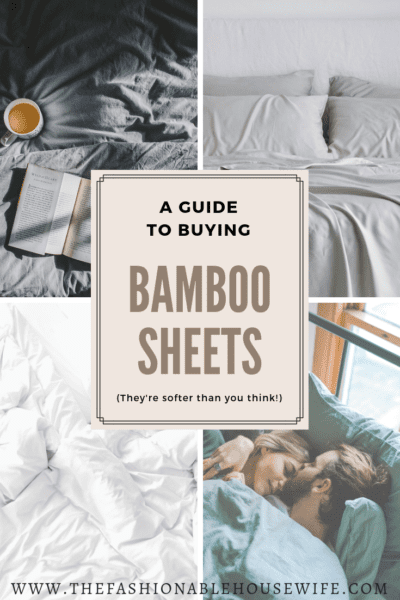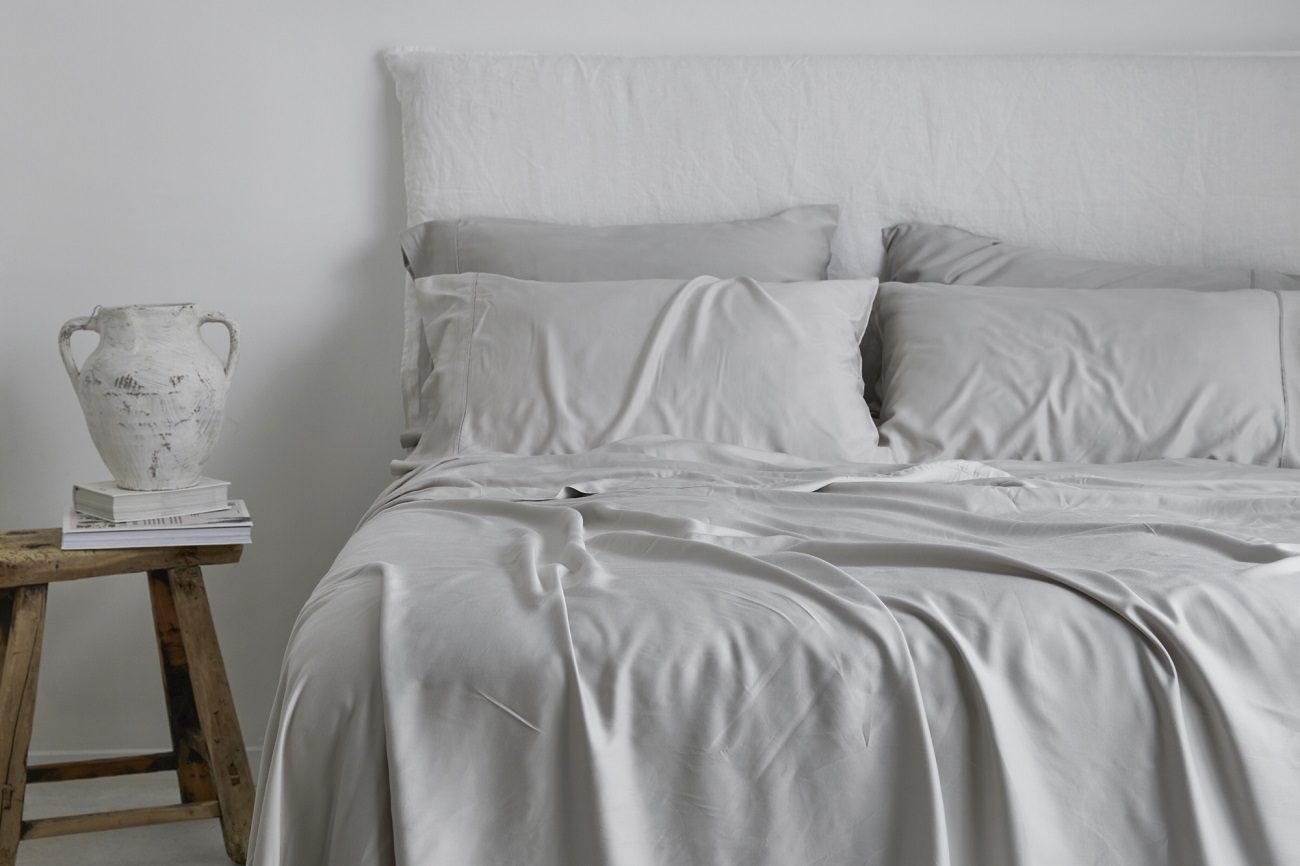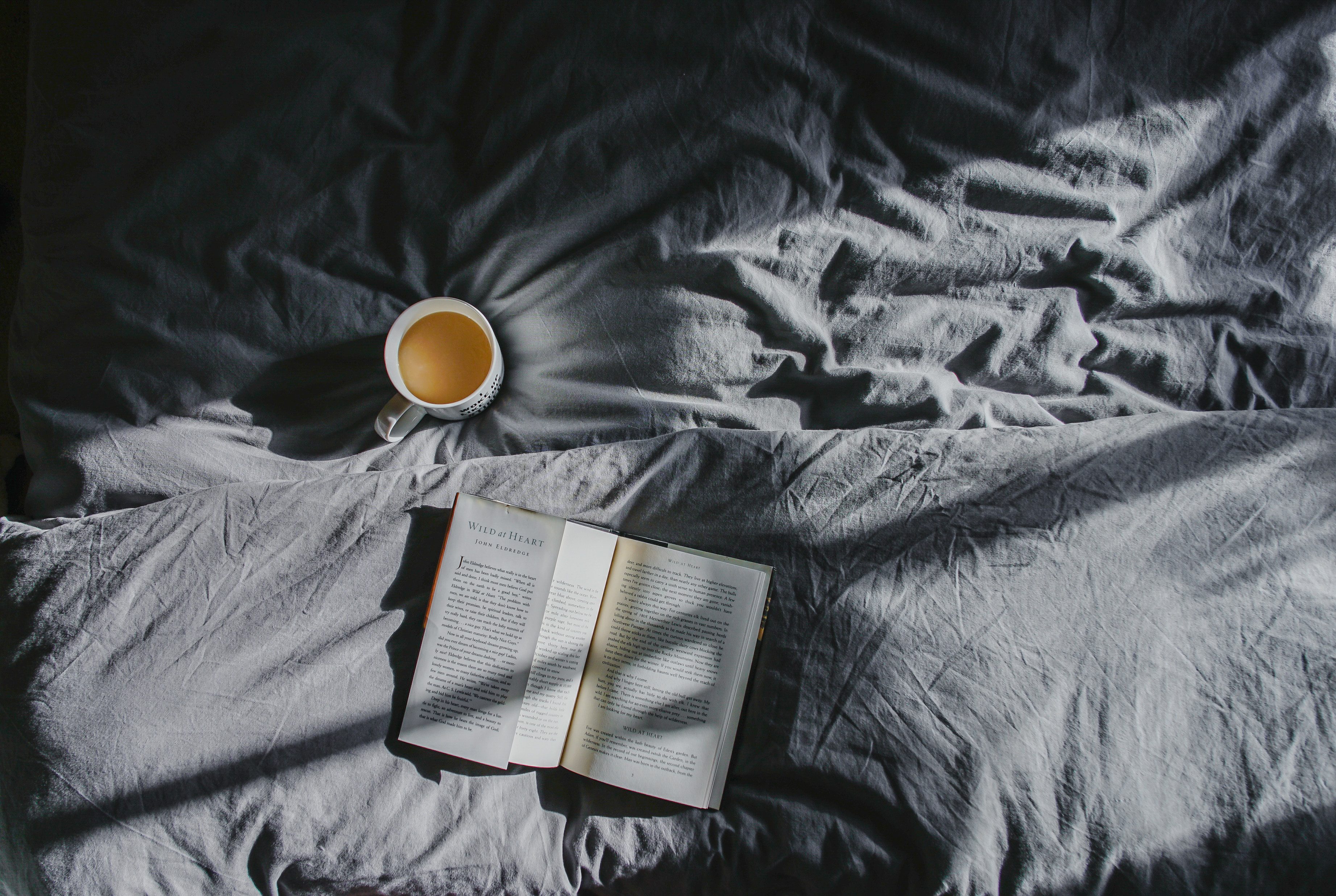
In recent years bamboo sheets have continued to grow in popularity – and there is a very good reason for that. They are moisture absorbing, naturally antimicrobial, softer than linen and cotton, and sustainable. They keep you warm during the winter and cool during the summer. Do we need to say anything more?
Numerous individuals might have heard how bamboo sheets offer superior benefits, however, there are also may people who are probably not exactly sure what they should look for when purchasing bamboo sheets for themselves for the very first time.
Recently, we have noted an increasing number of brands are introducing bamboo bedding products into the markets. However, bamboo sheets aren’t all the same! This is why we have written this basic guide to assist you with decoding the labels and selecting the best bamboo sheets that provide you with the beauty sleep that you truly deserve.
Not All Bamboo Sheets Are The Same!
We understand how important it for you to find the best bamboo bed sheets – so we’ve gone in-depth below.
Currently there are four different types of bamboo fabric that are available on the market.
1. 100% Bamboo Rayon (Viscose): Most bamboo sheets are made out of bamboo rayon that are available in today’s market. Rayon with the first cellulosic fibre generation. There are numerous processes that are used to manufacture rayon, which vary in the types of chemicals that are used as well as the impact subsequently made on the environment. If you make the decision to opt for bamboo rayon sheet, go with a manufacturer that has strict protocols for their effluent treatment process. When it comes to bamboo rayon, the concern isn’t that the chemical residue stays on the bamboo material, but in disposing the chemical waste. Stick with bamboo rayon that is treated without zinc sulphate and chlorine-containing bleach.
2. 100% Bamboo. The first company that manufactured 100% organic bamboo lyocell bedding was Milky Sheets. It is among the most contemporary and sustainable textile materials for the 21st century. Raw bamboo gets dissolved during the lyocell process utilizing a non-toxic solvent that produces non-hazardous effluent. Combined with the water of in production, the solution gets recycled and then reused within a closed loop system. This results in a significant reduction in water consumption and no residues of any harmful chemicals.
3. Bamboo blend and cotton. A 70 bamboo rayon and 30% cotton, or 60 bamboo rayon and 40% cotton is the most common blend. This makes the fabric a bit stronger compared to 100% pure bamboo. However, although it is stronger, the material’s softness is comprised. Adding a cotton component makes a bamboo blend a less sustainable option for your bedding. That is because the cotton production industry is very labor intensive and many chemicals are used and a lot of fresh water is wasted.
4. Bamboo Linen. The same manufacturing is used by bamboo lines as is used for producing common linen fabric from hemp or flax. This fabric is very sustainable. However, it wrinkles very easily and not very soft. When purchasing bamboo linen there is lots of maintenance involves, and continuous ironing is required after it is washed.

The Bamboo Weave
A fabrics weave ultimately affects the way it feels and looks. Although both are made out of 100% bamboo fiber, bamboo twill and bamboo sateen have textures that are distinctively different.
Bamboo Sateen
Sateen is a three-yarn-over and one-yarn-under weave that is used for producing lustrous, smooth, higher thread count bedding that has a close, thick texture. The one-under, three-over weave exposes a larger thread surface and gives the sateen its signature luminous sheen and silky-soft feel. This same trait of exposed yarns is what makes the fabric somewhat more delicate compared to its twill weave counterpart. However, it is very important to properly care for bamboo sateen sheets to prolong their life.
Pros: Twice as soft as twill weave. Also, it is as soft as silk but a vegan product and cost much less than silk does.
Cons: Must be properly cared for. It takes longer to manufacture sateen fabrics compared to twill weaves, which makes them somewhat more expensive.
Bamboo Twill
Twill, which is characterized by either a diagonal rib or twill line, is similar to a pair of jeans’ weave – it is very fine, short, and tight. Bamboo sateen is softer than bamboo twill, but it is still softer compared to bamboo cotton blend or cotton sheets.
Pros: Sturdier Compared to Sateen Weave
Cons: Isn’t as soft as sateen is. Twill may shrink more compared to sateen sheet during the first few washes due to having a looser weave. However, if the twill fabric was pre-shrunk prior to sewing, then it should fit your bed still and be fine. However, even pre-shrunk fabrics shrink a bit more when exposed to very hot drying and very hot water. Your bamboo sheets should always be washed in cold water and then tumble dried on low or line dried. This is more energy saving method as well!
Therefore, here are our top tips for selecting the bamboo bedding that will suit you the best…

How To Buy Bamboo Sheets
Always check the material label to see that you are purchasing bamboo rayon or bamboo lyocell. By law, in the United States, manufacturers cannot simply label their products as being “100% bamboo.” Instead, they must specify that it is “bamboo lyocell,” “bamboo linen,” or “bamboo rayon/viscose.” Regulations are looser in Australia, so if a label simply states “100% bamboo”, check with the manufacturer and ask what it is exactly. Bamboo linen and bamboo lyocell are the most eco-friendly options but they do feel different from each other.
If how soft your sheets are is what is most important to you, definitely opt for bamboo sateen. This material is feathery
If your sheets being sturdy is more important to you than softness, then a good choice is bamboo twill.
Bamboo blend is not recommended by us since it isn’t as sustainable compared to the other three kinds of bamboo fabrics.
If fabric swatches are offered by the manufacturer, always request them to check how the fabric feels and see how the color matches the interior of your bedroom.
There are more and more places to buy bamboo sheets these days which is a good thing AND a bad thing. It’s great to have more of a variety to choose from that will fit into almost anyone’s budget. However, because there are so many companies making bamboo sheets now, it’s harder to detect the high-quality ones if you are buying them from someplace like Amazon or eBay. For this reason, it’s best to shop in store for bamboo sheets so you can feel them and read the labels before making a purchase. Once you decide on the sheets you want to purchase, you can always take a picture or write down what they are, then go home and get on your computer to purchase them.
There are 5 essentials every bed needs for the best night’s sleep and one of them is super comfortable sheets. SO do yourself a favor and get some luxurious bamboo sheets. You deserve it!



